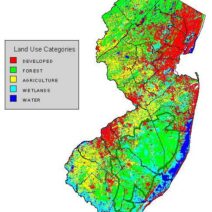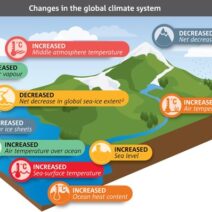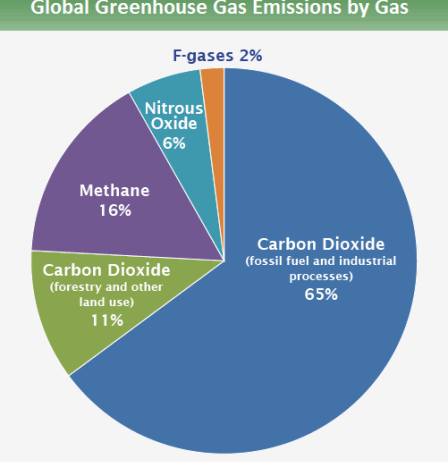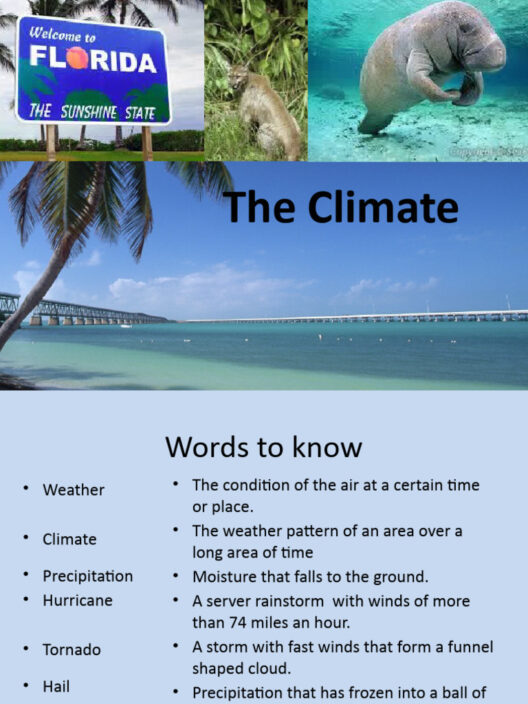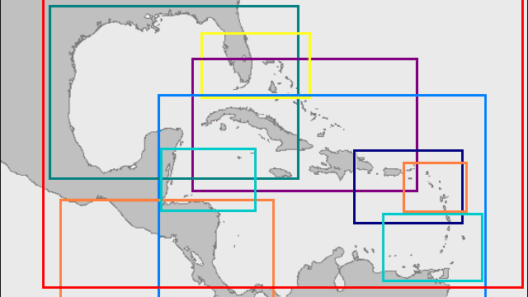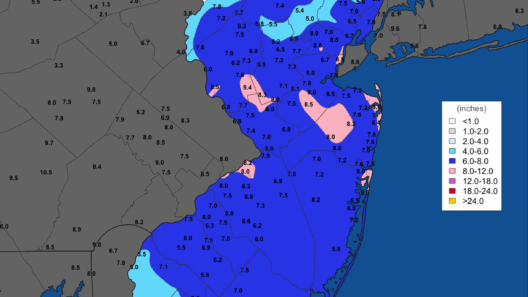As the planet grapples with increasingly erratic weather patterns and the distressing ramifications of climate change, the question looms large: Do carbon emissions lead to global warming? The prevailing consensus among scientists points to a decisive yes. Yet, the relationship is often misconstrued or oversimplified. To truly understand the intricate dynamics of carbon emissions and global warming, we must delve deep into the atmospheric sciences, explore historical trends, and contemplate the broader implications for our planet and its inhabitants.
Carbon emissions, primarily in the form of carbon dioxide (CO2), play a pivotal role in the greenhouse effect—a natural process that warms the Earth’s surface. When sunlight reaches the Earth, some of this energy is reflected back to space and the rest is absorbed, warming the planet. Greenhouse gases trap some of this heat in the atmosphere, ensuring that the Earth remains habitable. However, human activities, namely fossil fuel combustion and deforestation, have significantly escalated levels of CO2 and other greenhouse gases since the Industrial Revolution. The salient question we face now is: have we reached a tipping point that compromises the delicate balance of this system?
The Industrial Revolution marked the onset of large-scale carbon emissions, transitioning society from agrarian economies to industrial powerhouses reliant on coal, oil, and natural gas. Carbon dioxide levels in the atmosphere during pre-industrial times hovered around 280 parts per million (ppm). Yet, as of recent measurements, we have surpassed 420 ppm. This substantial uptick is not merely an inconsequential statistic; it represents a profound alteration in our atmospheric chemistry, fostering conditions conducive to global warming.
But how exactly do increased carbon emissions lead to global warming? The scientific elucidation lies in the concept of radiative forcing. When carbon dioxide accumulates in the atmosphere, it enhances the greenhouse effect, leading to a greater amount of thermal energy being trapped. This augmentation contributes to a gradual increase in global temperatures, a phenomenon clearly evidenced by decades of climate data showing a rise in average temperatures since the late 19th century. This warming manifests itself not only in heat but also in extreme weather events, changing precipitation patterns, and melting ice caps.
Moreover, the interconnectedness of Earth’s systems cannot be overstated. The oceans, which absorb a significant portion of atmospheric CO2, are becoming more acidic as a result. This acidification poses a serious threat to marine life, disrupting ecosystems and food chains. Coral reefs, often referred to as the “rainforests of the sea,” are particularly vulnerable; they bleach and begin to die off under elevated CO2 levels and increased water temperatures. This phenomenon serves as a stark reminder that the consequences of carbon emissions extend far beyond terrestrial climates, cascading into our oceans.
It is also crucial to acknowledge feedback loops that exacerbate warming. For instance, the melting of Arctic ice diminishes the Earth’s albedo effect—the reflectivity of our planet. With less ice, darker ocean water is exposed, which absorbs more sunlight, further warming the planet. Additionally, thawing permafrost releases trapped methane, another potent greenhouse gas that accelerates warming even more dramatically. Such feedback mechanisms illustrate how carbon emissions set off a chain reaction, revealing the urgent need for intervention.
Critics of the climate change narrative often argue that natural variability plays a significant role in Earth’s temperature changes. While it is true that the climate has fluctuated through history due to natural events such as volcanic eruptions and solar changes, the current trajectory diverges significantly from historical patterns. The rate of change is alarming. Conclusively, centuries of data indicate that our current warming greatly exceeds anything historically observed, pointing unmistakably to anthropogenic influences.
In light of these catastrophic implications, the case for urgent action is compelling. Transitioning from fossil fuel dependency to renewable energy sources such as solar, wind, and hydropower is no longer just an environmental imperative—it is a necessity for our survival. Governments, industries, and individuals must coalesce in efforts to reduce carbon footprints. Policies promoting sustainable practices, investments in green technologies, and comprehensive education on environmental stewardship must be prioritized.
The path forward entails not just recognition but also responsibility. The inertia we feel is a product of our historical actions; however, our collective future hangs in the balance. The pressing question is whether we possess the resolve to mitigate our emissions before the irrevocable consequences of our choices become manifest. Grappling with our role in perpetuating—or alleviating—climate change invites a profound moral consideration: will we act as stewards of the Earth or as harbingers of its decline?
In conclusion, carbon emissions are inextricably linked to global warming, with their ramifications touching every corner of our planet. The scientific evidence is compelling, yet the human response has often faltered. Embracing a proactive stance is essential; this clarity empowers us to forge a path towards sustainability and resilience. By understanding this connection fully, we can inspire a paradigm shift and commence a transformative dialogue about our environmental responsibilities. The fate of generations to come rests upon our actions today. Let us strive to ensure that our legacy preserves the planet for future inhabitants, free from the shackles of climate despair.
